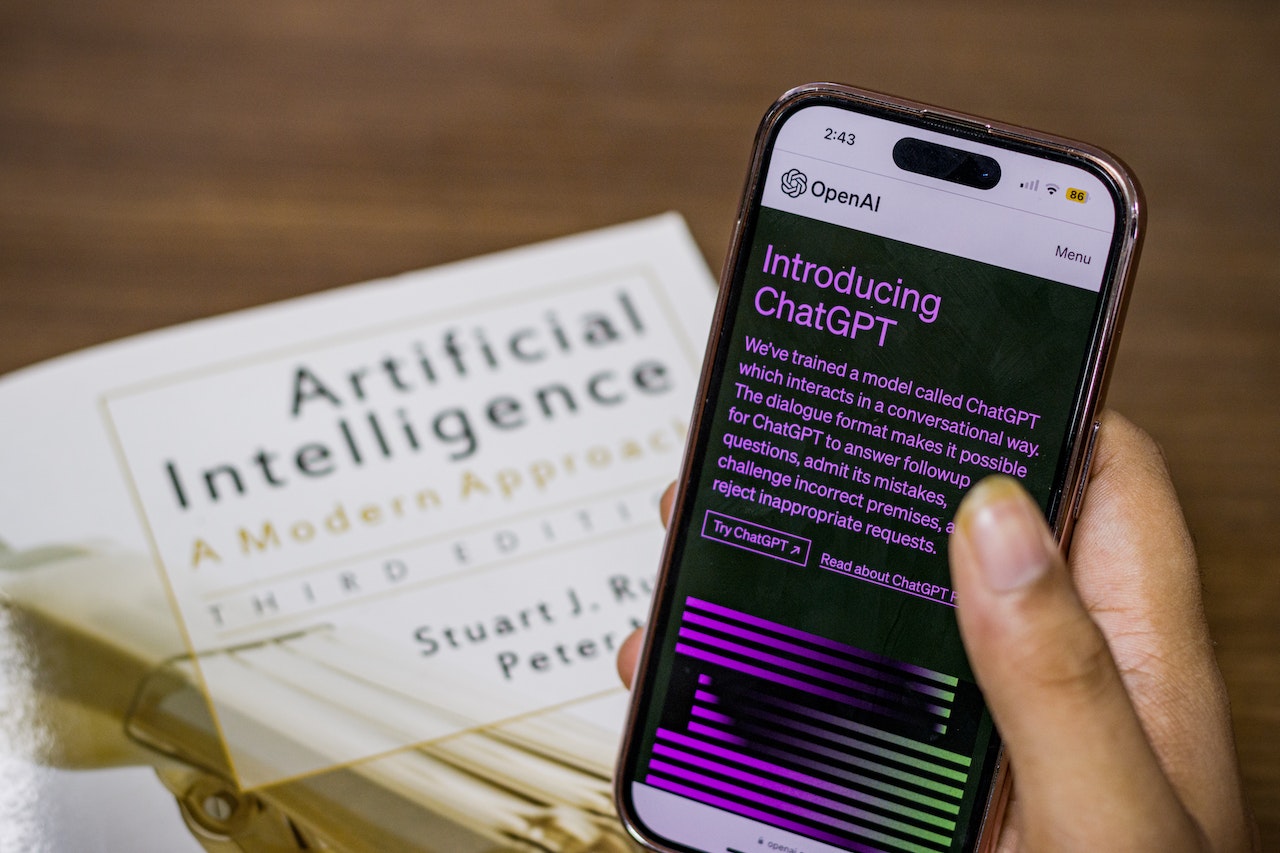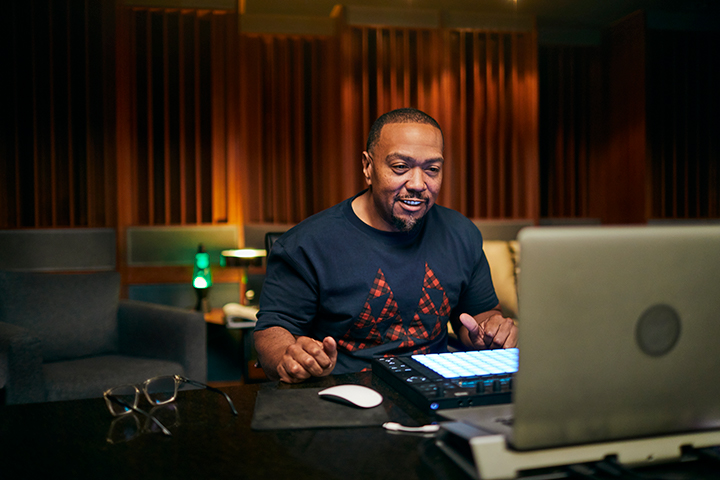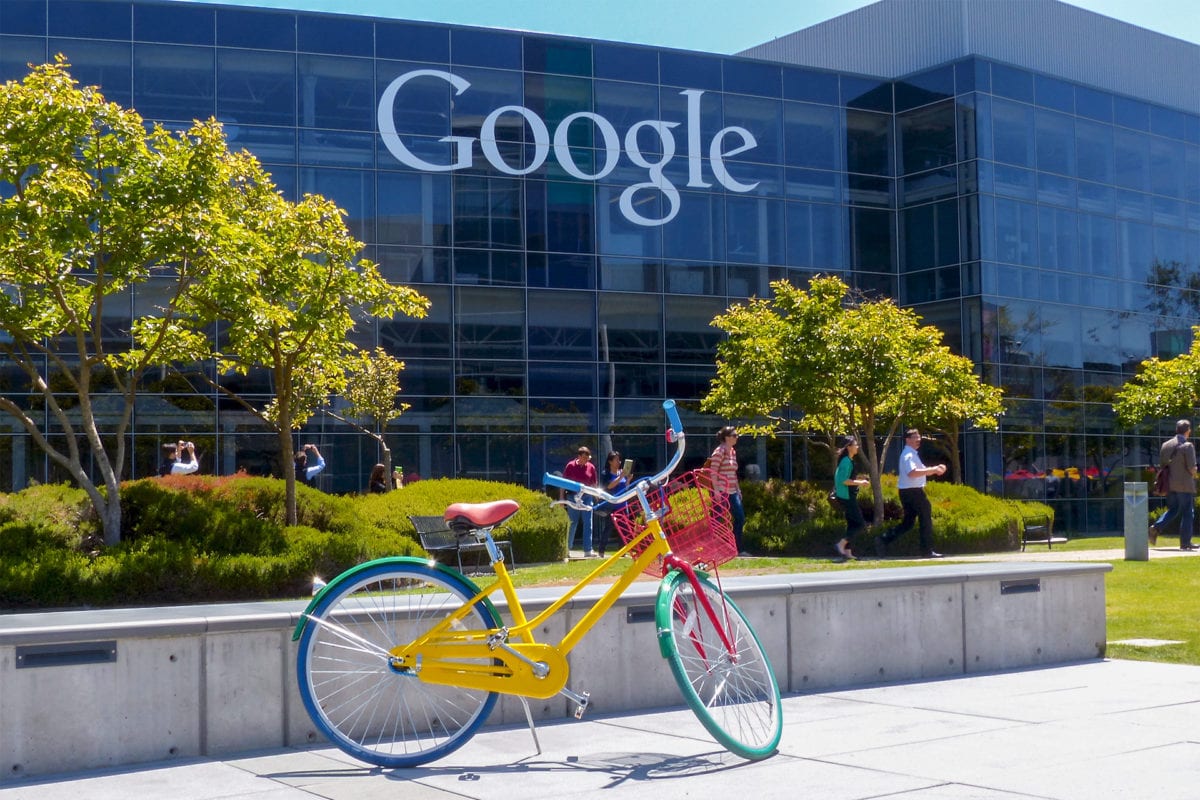Technology has long influenced the world of academia, and its most important impact has arguably been the increase in accessibility and availability of information. However, technology has now transitioned from simply being a tool for education to becoming a medium for it. Institutions at every level of education are integrating technology into their classrooms — from interactive media for storytelling in preschools to AI adaptive course delivery in universities. Let’s dive deeper into the effects of new technologies on education.
Global Connectivity
In any conversation about the intersection of technology and education, the widespread availability of the internet cannot be understated. The internet has changed the fabric of society, impacting business, commerce, and entertainment on an exponential level. Academia has benefitted substantially from the rise of the internet, as fluid communication now enables the instant delivery of information, such as coursework and tests.
People For Education, an independent organization based in Toronto, conducts an Annual Ontario School Survey regarding the use of technology within schools. Their latest report cites that 100 percent of secondary schools and 97 percent of elementary schools employ at least some form of internet-based technology to communicate with enrolled students.
One statistic that is especially telling is that between 33 and 66 percent of schools ranging from elementary to post-secondary institutions encourage students to bring their own devices into the classroom. With many schools already providing students with laptops, tablets, or other devices to complete their schoolwork, we can assume that there will be an increase in either required or optional devices for student learning in the future.
Social Media
A study by the National Library of Medicine reports that there is a rapid increase in the uptake and use of social media among young Canadians. There’s no doubt that the nature of social media has spectacular potential for students: many of these platforms are used daily, promote fluid interaction, and deliver multimedia content in creative ways.
However, it’s also important to note that social media is a tool that can be used incorrectly as well. A post, image, or video can deliver information that is inaccurate. Because this content is often substantially smaller than content delivered in a textbook or on an academic website, it presents the possibility for students to take the information as truth without any verification. Thankfully, academic institutions can combat this by encouraging students to follow their verified accounts and ensure that all content posted is educational and appropriate for their followers.
VR/AR
Virtual reality (VR) and augmented reality (AR) are rising in popularity, thanks in part to the rise in entertainment employing the same technology. VR and AR can assist teachers in bringing abstract concepts to life. This method of visualization can help students understand challenging subjects that are somewhat intangible beyond their written form. For instance, mathematical equations can take on an interactive form, allowing students to “physically” work their way to a solution.
Perhaps more importantly, VR and AR can be used to gamify education; that is, to introduce the typical elements of game playing into the lesson. Simply by completing the same coursework they’d perform on paper, students can earn points, compete against one another, and see their avatars or profiles advance with unlockable content.
AR and VR are highly sensory, which means that their benefits could also be seen as drawbacks for some students. These technologies could be an unnecessary distraction for students on independent education plans; for others, they might be challenged to learn in contexts that don’t include gamification tactics. As with many resources introduced into academia, educators will likely need to use these applications to enhance, not replace, the learning experience.
AI & Machine Learning
Artificial intelligence (AI) and machine learning present multiple solutions for educators. AI is already used in broad contexts within the school system, such as through enterprise software that automates functions like record keeping. AI integrated into the school system on a more personalized level can assist individual teachers as well. For instance, multiple choice tests can be automatically graded by AI, and students can find answers to commonly asked questions by “conversing” with an AI bot.
Machine learning also has the potential to help teachers curate their curriculum to the hyper-specific needs of their students. It’s especially helpful in generating data regarding students who are enrolled in online coursework: it can assist in tracking student performance and highlight areas where individual students are struggling. While AI and machine learning are no substitute for physical, live teachers, they can be greatly utilized as a resource for better connecting with their individual students in a remote setting.
Metaverse
As the metaverse aims to break into the mainstream, we shouldn’t be surprised to see live classes taking place in this virtual space. Dallas Hybrid Preparatory, a Texas-based school offering hybrid remote and in-person learning schedules for grades 3 through 8, is already incorporating the multiverse into their fifth-grade curriculum.
Using other tech tools like AR and VR, the metaverse presents perhaps one of the largest interactive and customizable opportunities in academia. For instance, first graders and medical students alike can learn about the human body within the metaverse by virtually exploring internal organs as if they were walking through a physical museum.
In the same context, other perspectives that are unrealistically inaccessible on a micro or macro level — such as outer space or microorganisms — can also be examined in virtual classrooms. These pseudo-physical spaces also promote inclusivity, particularly for students facing health, economic, or spatial obstacles that prevent them from attending in-person lessons.
Debatably, technology doesn’t merely influence education — it is education. While physical books and human lectures will not disappear, they will be constantly enhanced with every form of technology available. The act of learning and the transfer of knowledge relies on technology more than ever before. As it evolves, it’s up to society to leverage these systems to provide as much accurate and accessible information as possible to both students and teachers around the world.
Nick Dauk | Contributing Writer




















